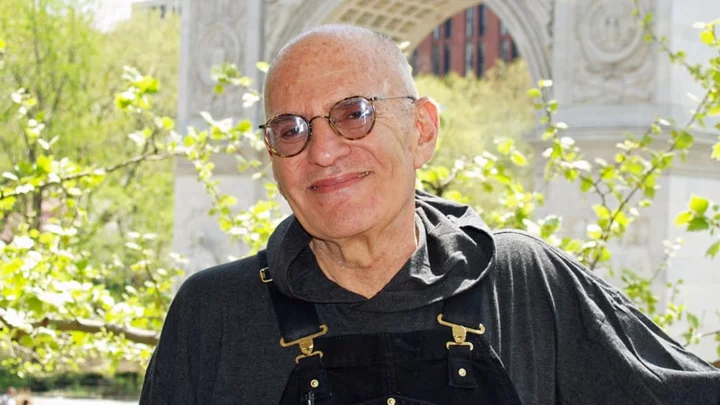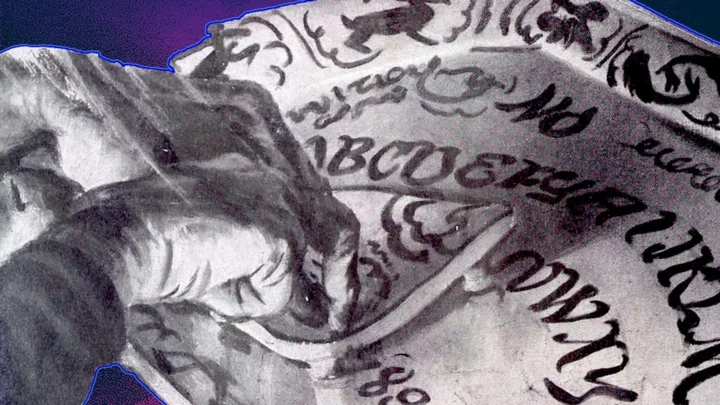In English, we have a few different ways to write the sound of a kiss: muah, smack, xxx. They get the idea across, but none of them imitate the actual sound of a kiss. Other languages have the same problem. In Thai it’s chup; in German, schmatz; in Greek, mats-muts; in Malayalam, umma; and in Japanese, chu.
There are two common elements in kiss words across languages. First, a kiss word will usually have a sound made by pressing the lips together (m, p, b), which approximates the lip pursing of a real kiss. In addition, or instead, it may have a sharp, “noisy” sound (ch, ts, k) that approximates the air intake “click” of a real kiss.
What’s needed for a true kiss sound is a way to represent the smacking sound caused by the intake of air through closed lips. Fortunately, linguistics has one.
The kiss sound is similar a bilabial lingual ingressive click. “Bilabial” because of the lips, “lingual ingressive” because the air intake is caused by a pressure drop in the mouth caused by action of the tongue (in other words, sucking), and “click” for the pop of release from the pressure change. There are languages in the Tuu and Kx’a language families of Southern Africa that use this sound.
The International Phonetic Alphabet, the standard for representing the sounds of the world’s spoken languages, has a symbol for it: ʘ. (There are also videos demonstrating how to pronounce it.) Technically, to show the way peoples’ lips protrude when they pucker up, the best way to write a kiss sound would be ʘʷ.
A version of this story originally ran in 2014; it has been updated for 2023.
This article was originally published on www.mentalfloss.com as How to Write the Sound of a Kiss.









